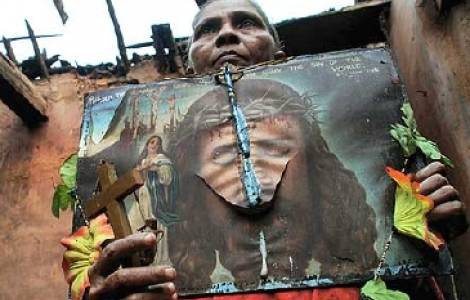
Martyrs are the seed from which the Church has flourished throughout the History of salvation and today their memory continue to guide the faithful wherever the Christian mission is challenged by hardships, injustices and suffering. In this regard, the case of Asia is paradigmatic. Martyrdom is mysticism, it is ecstasy. Usually we concentrate on the painful side of martyrdom, but its most significant dimension is the martyr’s intimate experience of Christ at the moment of his self-giving. It is an ecstatic surrender to the Lord whom he loves. It is the peak moment of his life-choice. It is saying “Yes” to the Master that sums up his life. It is not a dreaded moment, but a coveted one. So we see people in the early Church handing themselves over to the executioners on their own choice, fearlessly welcoming the ecstatic experience, which necessarily involves a supreme sacrifice. So we see the early Christian community celebrating the “birth” of the victim who enters into a new life in the company of Christ.
It was this understanding of martyrdom that strengthened fidelity in the believing community. And the Christian community grew. As Tertullian cried: «The blood of the martyrs is the seed of the Christians». So it happened that, in conjunction with the increasing number of martyrs under the Roman regime, the Christian faith spread from end to end of the Empire and beyond. Christians also suffered from severe persecution in Persia, Ethiopia, and elsewhere. But the Christian flock expanded in all directions. On the Eastern Continent, new Christian communities arose in Central Asia, China, South India, and Sri Lanka (...)